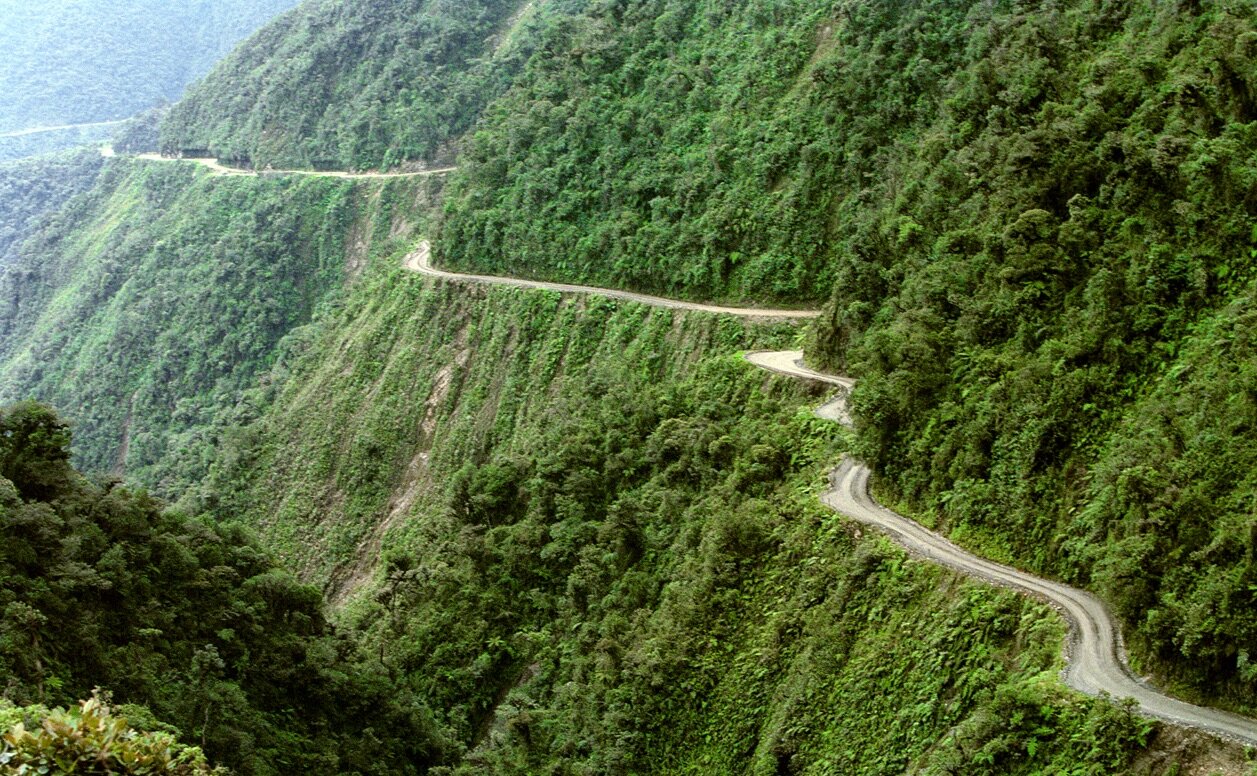Costa Rica is a land of tropical paradise, featuring pristine beaches, lush jungles, and a wealth of biodiversity both on land and in the surrounding waters. The country is located in the Central American isthmus and bordered by the Pacific Ocean to the west and the Caribbean Sea to the east. The waters around Costa Rica are home to a vast variety of fish species, making it a popular destination for sport fishing and recreational activities.
The waters around Costa Rica are part of the Eastern Pacific Marine Corridor, which is a highly productive marine ecosystem that is home to a diverse range of marine life. The warm and nutrient-rich waters support a wide variety of marine habitats, including coral reefs, mangroves, and seagrass beds, which provide shelter and food for an abundance of marine species.
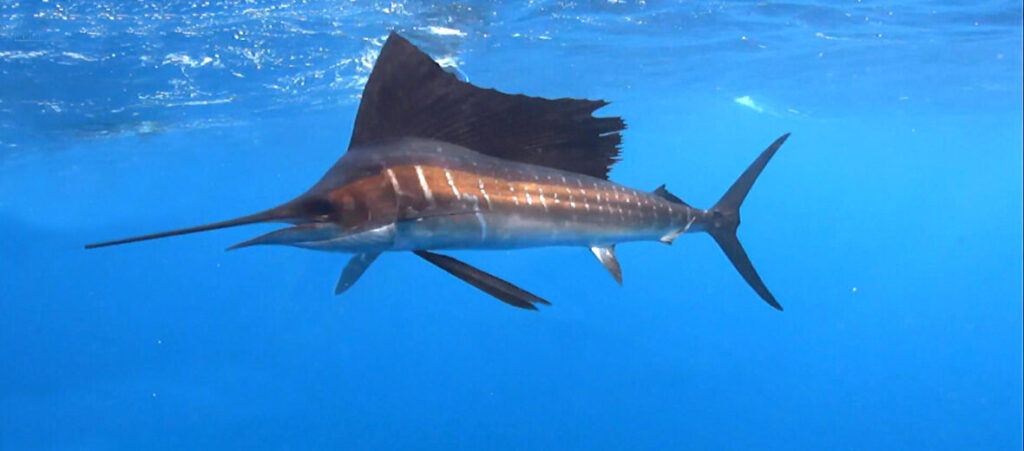
One of the most famous fish species in the waters around Costa Rica is the sailfish. These large and powerful fish are highly sought after by anglers and are known for their acrobatic displays when hooked. Sailfish are found in the offshore waters of the Pacific, where they hunt for prey such as squid and small fish. Costa Rica has some of the best sailfishing grounds in the world, with peak season running from November through May.
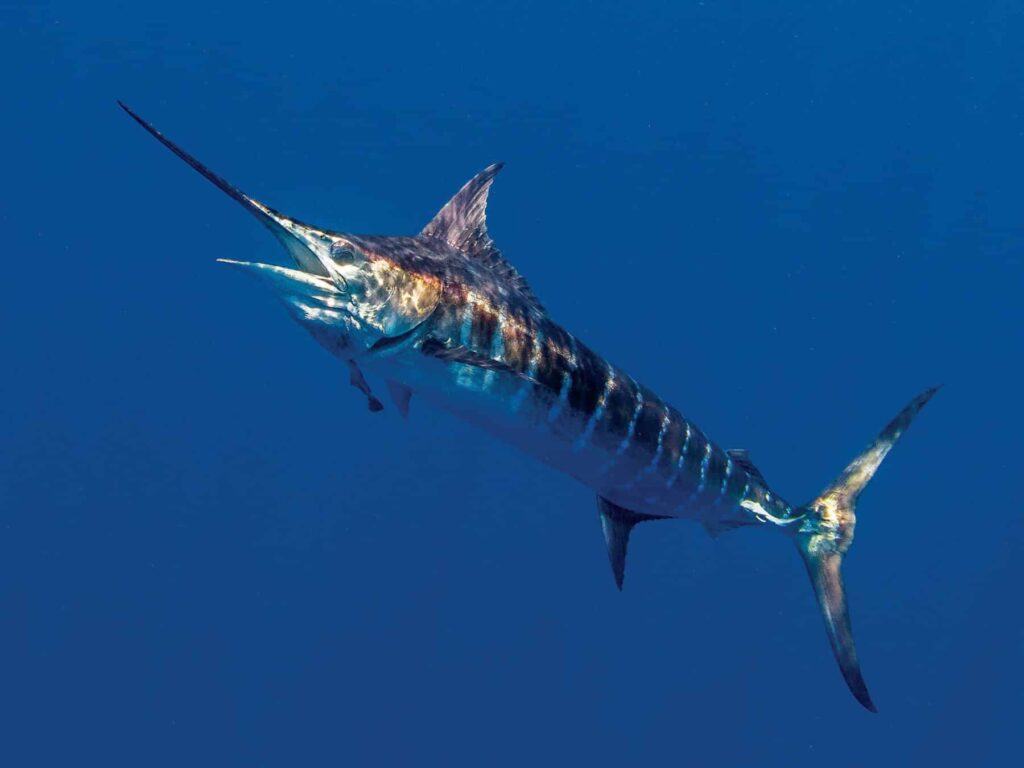
Another popular species for sport fishing is the marlin, which can be found in the same offshore waters as the sailfish. Costa Rica is home to both blue and black marlin, with the blue marlin being the larger of the two. These apex predators are known for their strength and speed and can grow up to 14 feet in length. Marlin fishing is typically done by trolling large lures or live bait behind a boat, with anglers often spending hours waiting for a bite.
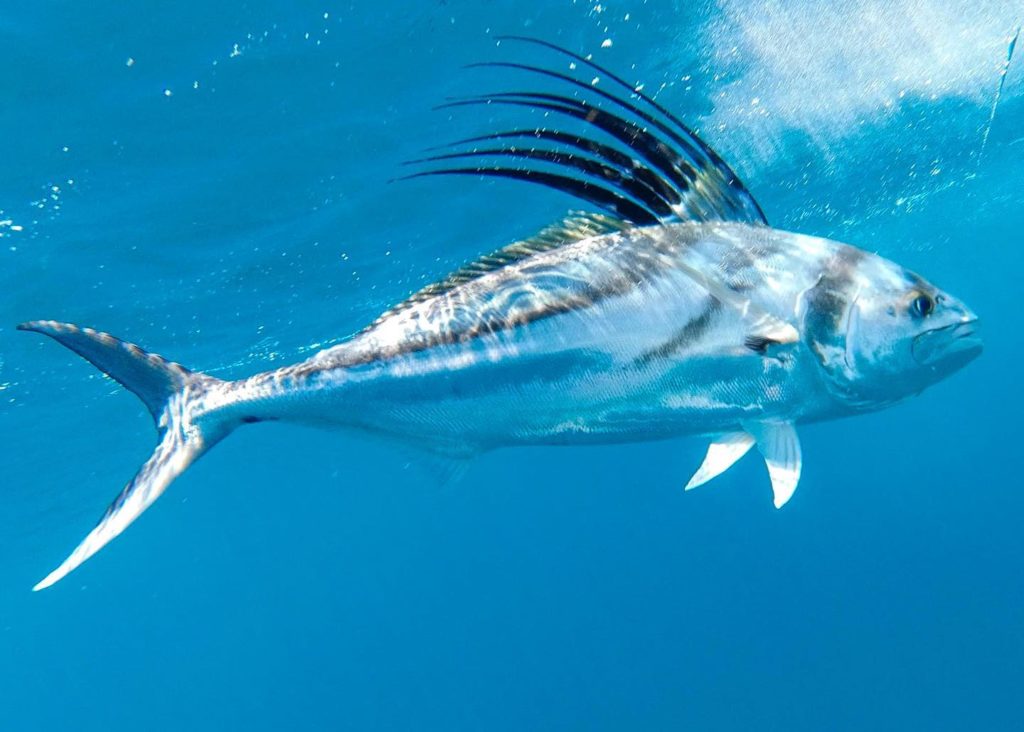
Inshore fishing is also popular in Costa Rica, with many different species of fish available to catch. One of the most prized inshore species is the roosterfish, which is known for its unique appearance and hard-fighting nature. Roosterfish are found in the shallow waters close to the shore, where they feed on small fish and crustaceans. These fish are often caught by casting lures or live bait from the beach or from a small boat.
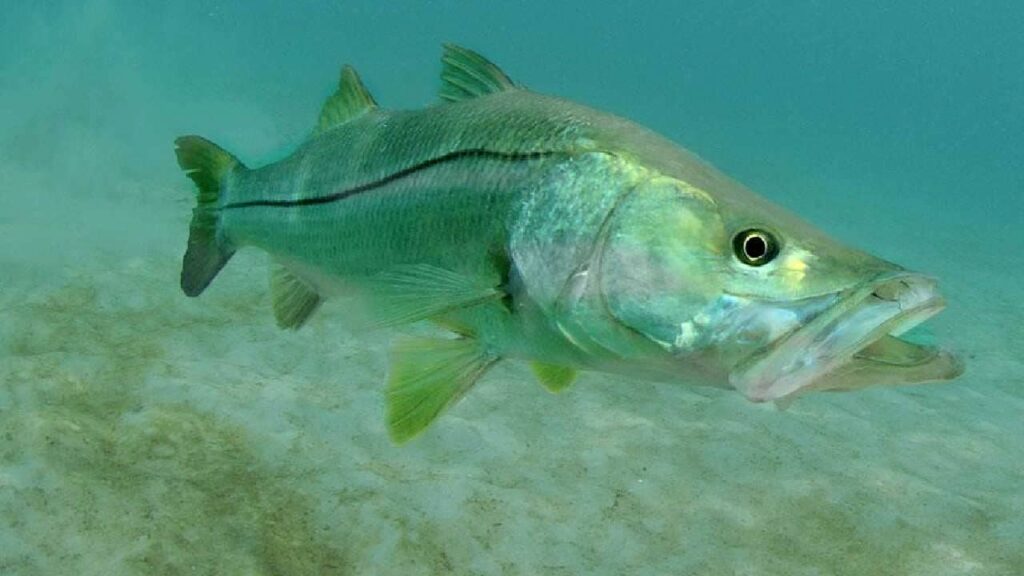
Other inshore species that are popular with anglers include snook, tarpon, and jacks. Snook are a popular gamefish in Costa Rica, known for their aggressive strikes and acrobatic leaps when hooked. These fish are found in estuaries and mangrove-lined lagoons, where they feed on small fish and crustaceans. Tarpon are another prized species, known for their size and strength. These fish can grow up to 8 feet in length and are found in the coastal waters of the Caribbean. Jacks are also a popular inshore species, with several different types found in the waters around Costa Rica. These fish are known for their hard-fighting nature and can be caught using a variety of techniques, including casting lures and live bait.
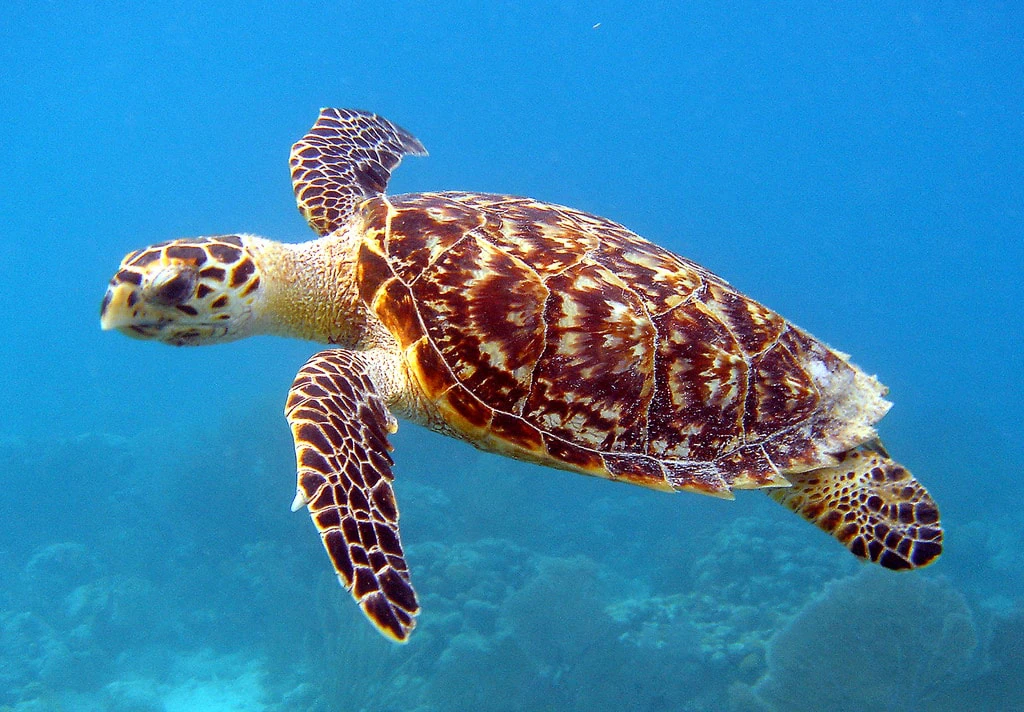
Aside from sport fishing, Costa Rica is also home to a wealth of other marine species that are important for both the local ecosystem and the global environment. One of the most important marine species in Costa Rica is the sea turtle, which is a critical part of the marine food web and is also an important symbol of the country’s conservation efforts. Costa Rica is home to several different species of sea turtle, including the green sea turtle, hawksbill turtle, and leatherback turtle. These turtles are threatened by habitat loss, pollution, and fishing, and conservation efforts are ongoing to protect their populations.
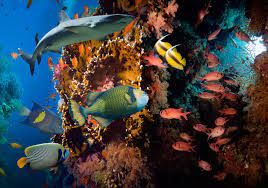
Another important species in Costa Rica is the coral reef, which provides habitat and shelter for a wide variety of fish and other marine organisms. Costa Rica has several important coral reef ecosystems, including the Catalina Islands and the Gulf of Papagayo. These areas are home to a diverse range of coral species, including brain corals, elkhorn corals, and staghorn corals. These corals provide a complex and intricate habitat for a wide variety of marine species, including fish, crustaceans, and mollusks. Unfortunately, coral reefs around the world are threatened by climate change, pollution, and overfishing, making conservation efforts critical for their survival.
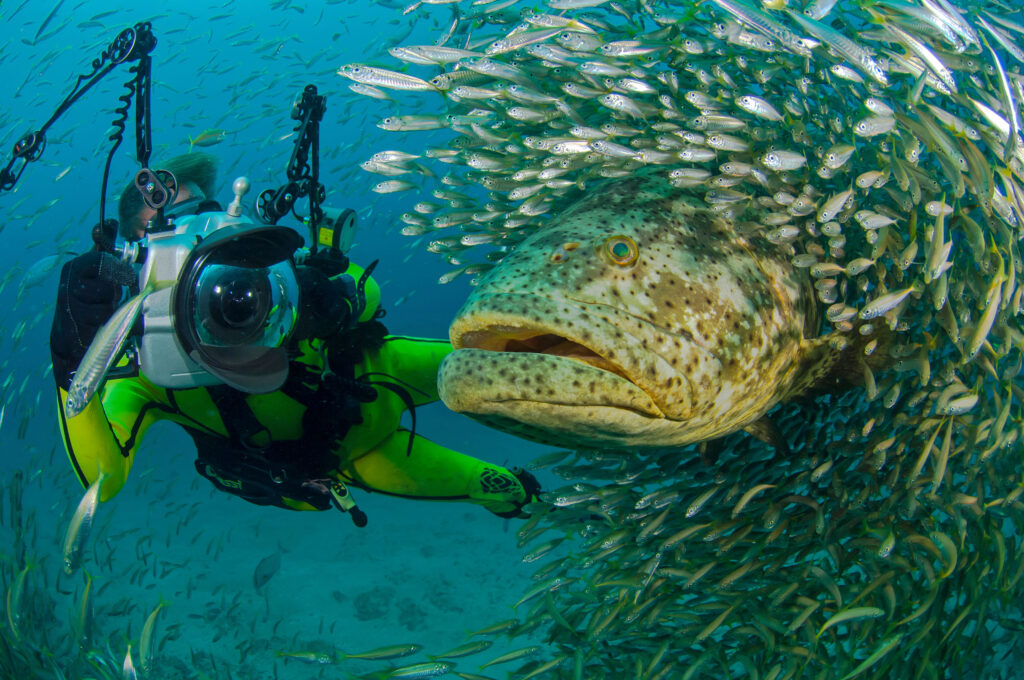
In addition to the species mentioned above, the waters around Costa Rica are home to a vast variety of other fish species, including snappers, groupers, tuna, and dorado. These fish are an important part of the marine food web and are an important source of protein for local communities.
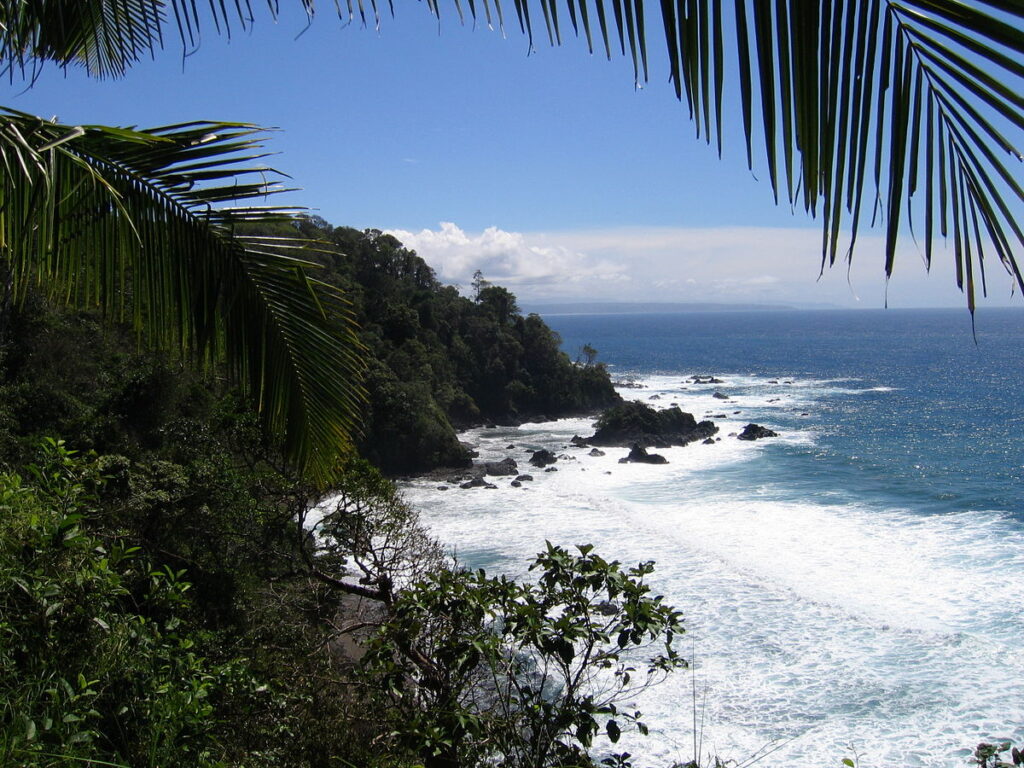
Conservation efforts are ongoing in Costa Rica to protect the marine ecosystems and the species that depend on them. The country has established several marine protected areas, including the Cocos Island National Park and the Caño Island Biological Reserve, which help to protect important habitats and species.
In conclusion, the waters around Costa Rica are a true treasure trove of marine biodiversity, with a vast variety of fish species found in both inshore and offshore waters. From the acrobatic sailfish to the hard-fighting roosterfish, there are plenty of opportunities for anglers to test their skills and catch a prized trophy. However, it’s important to remember that these fish and their habitats are an important part of the marine ecosystem and must be protected for future generations to enjoy. Through conservation efforts and sustainable fishing practices, we can ensure that the waters around Costa Rica remain a paradise for both fish and humans.
